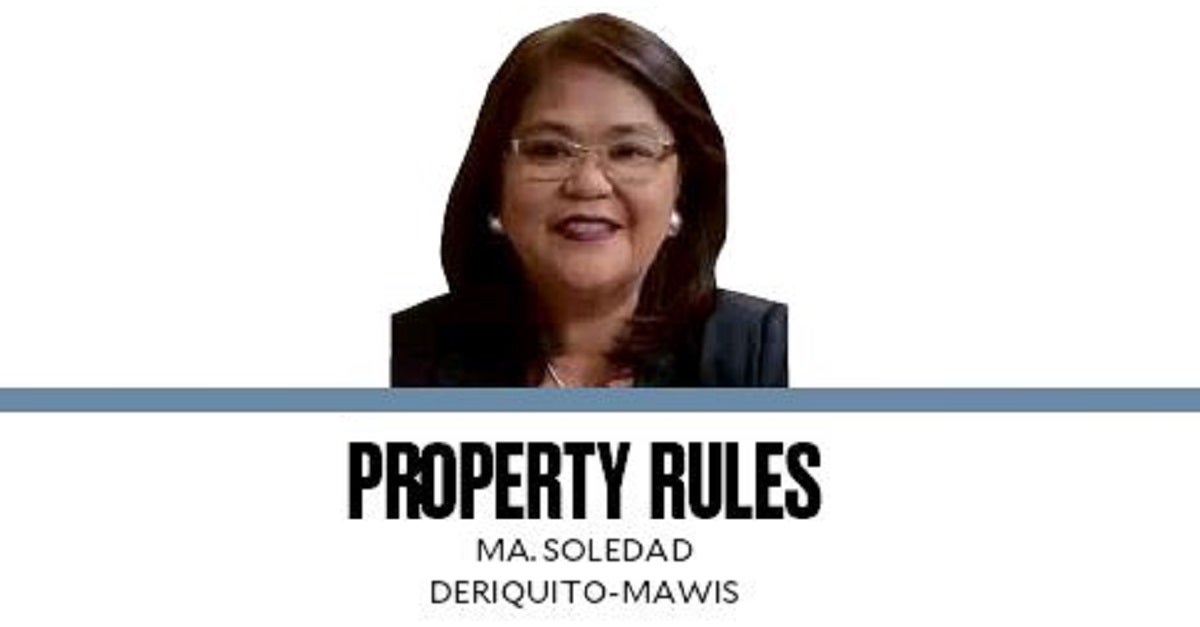The power of the written word

In 1926, Kiko adopted Susie, the sister by blood of Nap. Consequently, Susie adopted the family name “Aban” until she married Macoy in 1929. Later on, Kiko donated the subject property to Susie as evidenced by a deed of donation executed in 1930.
In 1998, Susie died. Thereafter, her children, Joe, Veva, and Connie discovered that Nap appropriated to himself the subject property through an affidavit of adjudication. In the affidavit, Nap claimed that he was the sole legal heir of the late Kiko. By reason of the adjudication, a new tax declaration was issued in the names of Nap and his brother, George.
According to George, Susie sold the property to them for a valuable consideration in the amount of $1,000, and Susie received the amount, as the deed indicated that the sale was “for a valuable consideration.” They likewise asserted that because the deed of conveyance was executed on Dec. 11, 1984, they already acquired vested right over the property after 10 years from execution of the deed of conveyance.
George also maintained that since 1944, Nap and Rosie had occupied the property in the concept of an owner, and believed that Susie could transfer it to them. They contend that based on the possession and occupation of Nap and Rosie alone, they acquired title over the subject land.
Q: What are the two modes of acquiring ownership?
A: Under Article 712 of the Civil Code, there are generally two classifications of the modes of acquiring ownership, namely, the original mode, that is, “through occupation, acquisitive prescription, law or intellectual creation,” and derivative mode, “through succession mortis causa or tradition as a result of certain contracts, such as sale, barter, donation, assignment or mutuum.”
Q: Did the deed of conveyance embody any of the effective modes of transferring ownership to Nap and Rosie?
A: No. The Deed failed to show any intention on the part of Susie to sell or even to donate the property in dispute to Nap and Rosie.
Q: How come that the deed of conveyance failed to transfer ownership?
A: First, contrary to George’s assertions, the stipulations in the deed of conveyance do not amount to a sale. To stress, in a contract of sale, one of the parties obligates himself or herself to transfer the ownership of and to deliver a determinate thing while the other party binds his or herself to pay a certain price in money or its equivalent.
While George claimed that the supposed sale was for the price of $1,000, the deed did not indicate this circumstance. Additionally, the mere inclusion of the phrase “for a valuable consideration” does not by itself provide for the purported agreed price for the property. In fact, there is no proof that payment was made for the subject property.
Second, the deed only mentioned Susie’s “grant” to Nap and Rosie “as joint tenants” of the property. It is a general statement without indication of any intention to donate on the part of Susie, aside from the fact that Nap and Rosie did not manifest any acceptance and no witnesses signed the supposed deed of donation. (Source: De Ocampo vs. Ollero, G.R. No. 231062, November 25, 2020)
The author is Dean of the Lyceum of the Philippines University and founder of Mawis Law Office
Dean, College of Law (Makati and Cavite Schools), Lyceum of the Philippines University

















